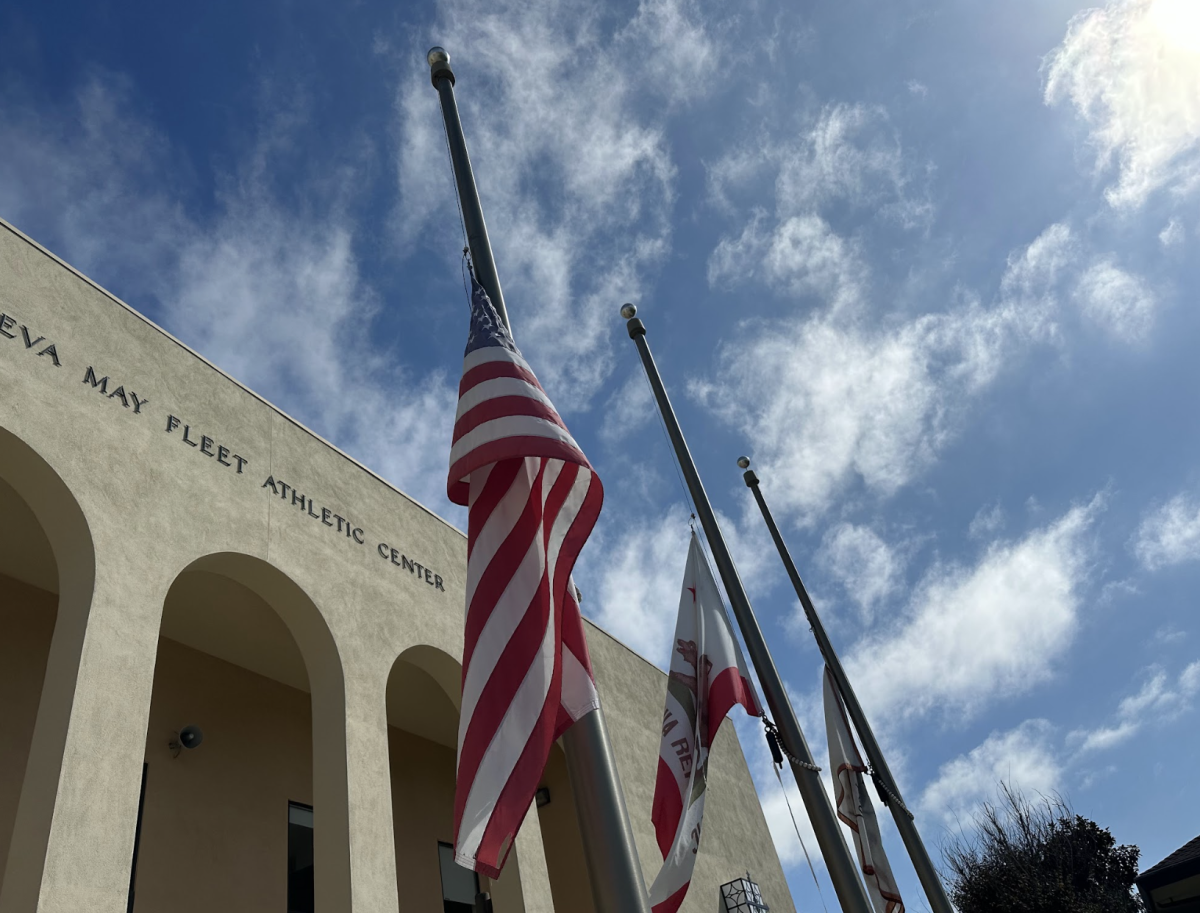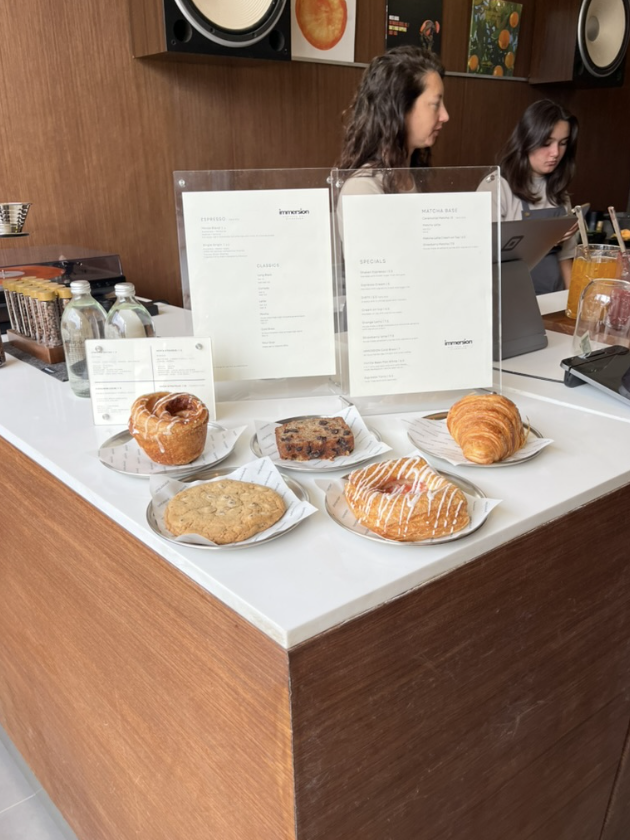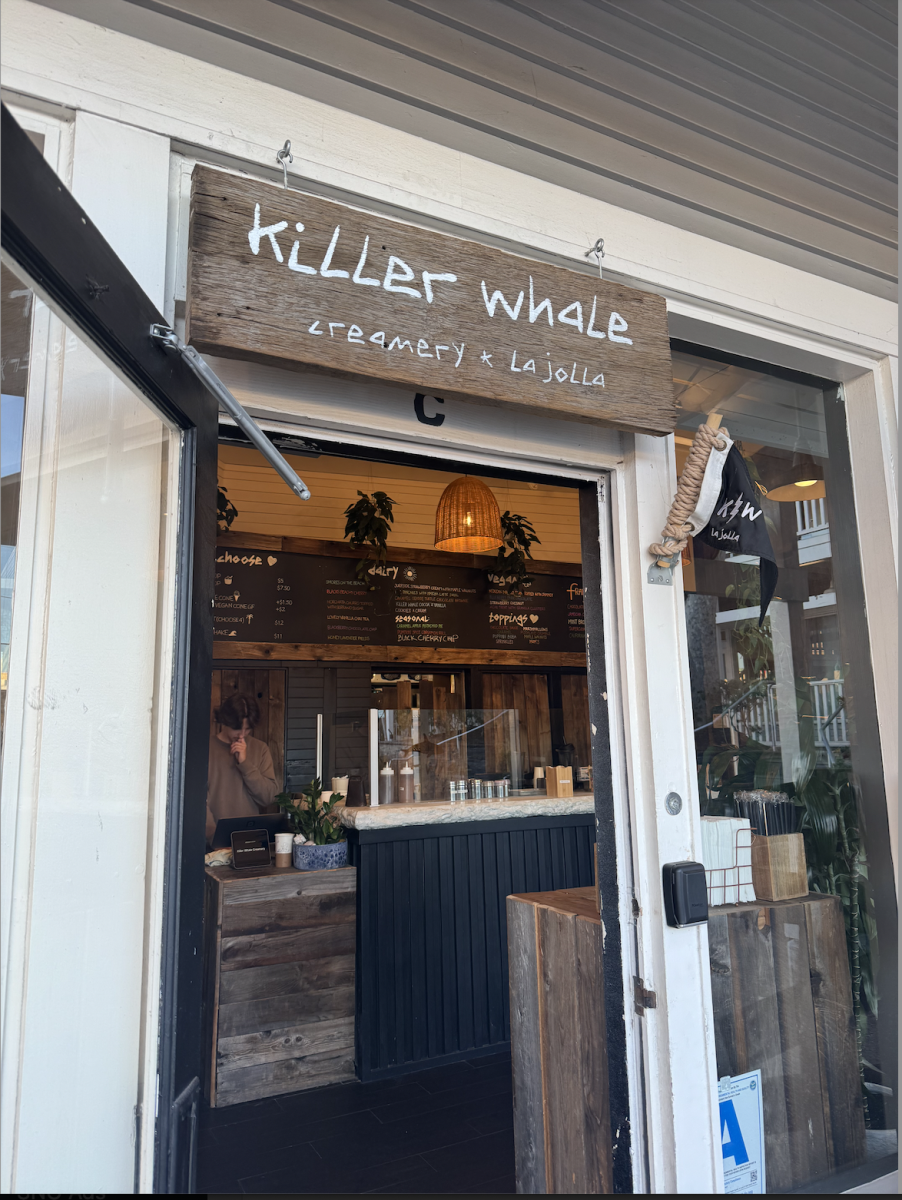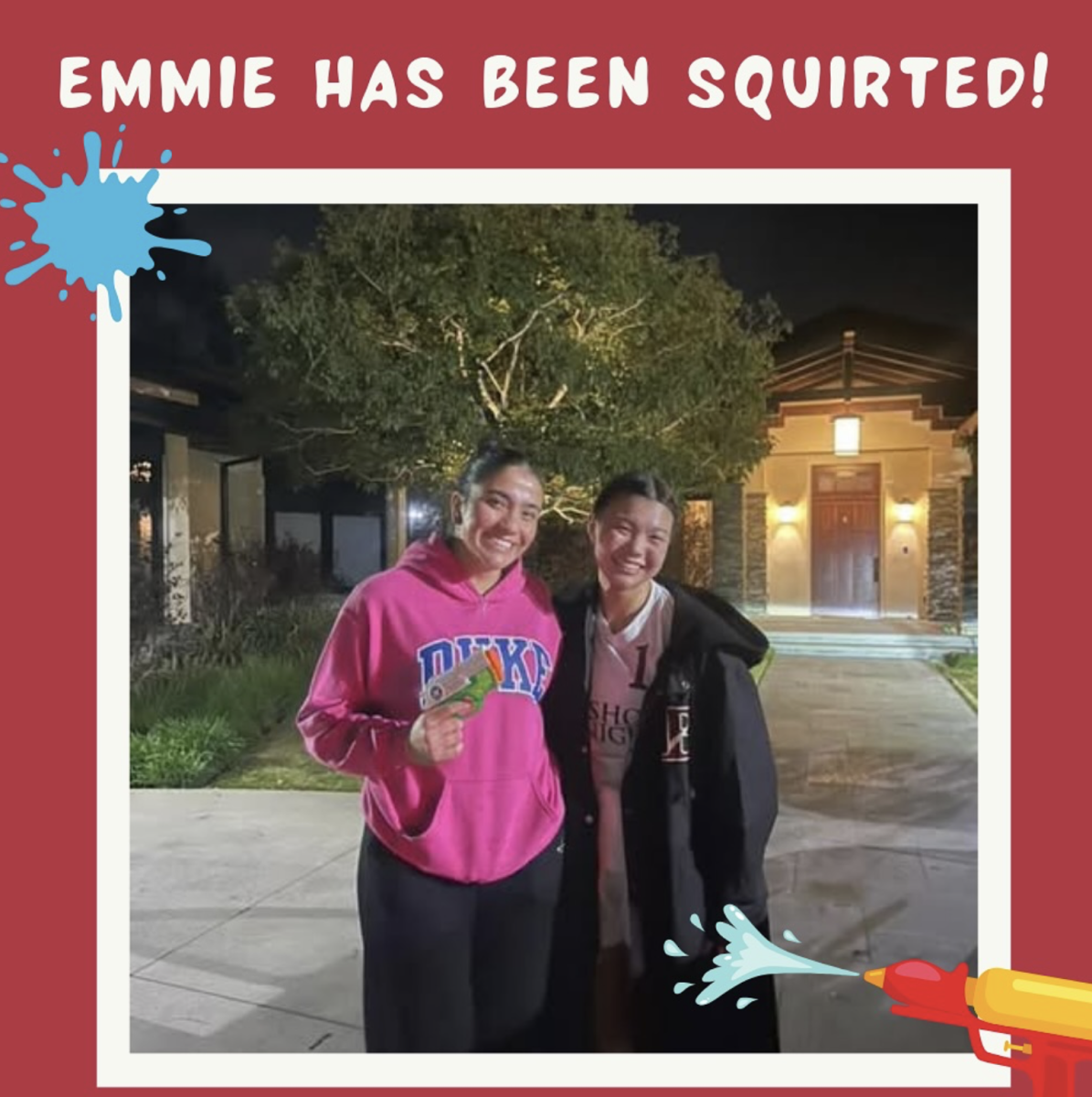Bryan M. MacFarlane, 41; Keith D. Macneir, 64; Ronald G. Morin, 55; Joshua A. Seal, 36; Arthur Fred Strout, 42; Lucille M. Violette, 73; Robert E. Violette 76; Stephen M. Vozzella, 45; Jason Adam Walker, 51; Joseph Lawrence Walker, 57; Aaron Young, 14; William A. Young, 44; Tricia C. Asselin, 53; William Frank Brackett, 48; Peyton Brewer-Ross, 40; Thomas Ryan Conrad, 34; Michael R. Deslauriers II, 51; and Maxx A. Hathaway, 35 lost their lives in Lewiston, Maine on Wednesday, October 25th, 2023 to yet another mass shooting.
The Lewiston shooting was as preventable as all shootings in the U.S. have been. Yet, these 18 innocent people are dead, adding to the 592 people who were killed from mass shootings just this year. This is clear evidence that the gun violence epidemic will not simply resolve itself and real legislative action needs to be taken.
Maine is ranked 25th in the nation for gun law strength according to Everytown. Although 89% of gun-related deaths have been due to suicide, the state lacks many foundational gun laws. There are no existing red-flag laws, which allow for families to directly petition judges to take firearms away if they believe a family member poses a threat to themselves or others. There are also no laws requiring background checks prior to purchasing a gun, and Maine does not prohibit assault weapons or high capacity magazines — which are ammunition feeding devices that can hold over 10 rounds. These gun laws could have easily prevented the Lewiston shooting from ever happening.
However, the laws that are in effect in Maine still could have prevented the shooting from happening but they did not. Maine has a yellow flag law instead of a red flag law. The yellow flag law requires that the police, a mental health clinician, and a judge must agree that someone is in danger before taking the firearms away.
This process takes up a lot more time than a red flag law. But, law enforcement had plenty of time to go through this process as local police were notified of the shooter’s deteriorating mental health five months ago according to the New York Times’ (NYT) Daily podcast. Additionally, the police were made aware that the shooter was in possession of 10 to 15 firearms. The police decided to turn this information over to the Army Reserves where the shooter had worked for over 20 years.
The gunman ended up spending 14 days in a psychiatric center after an incident with coworkers in July. Then in September, the shooter had another incident with a coworker where they explicitly said that they intended on going on a shooting spree, according to the NYT. At this point, the Army Reserve notified the local police. This is the second time the local police had been made aware of these concerns. The police performed a welfare check, and communicated with the gunman’s brother who said that he would try to take the guns away. Then in October, after purchasing more guns, the shooter opened fire with an assault weapon in Just-In-Time Recreation Bowling Alley and Schemengees Bar & Grill, killing 18 people and injuring 13 others.
The local police never began the yellow flag law process to stop this shooting from happening. Stronger state laws have been proposed but have failed, likely due to the strong hunting tradition in the state. These laws could have prevented the shooting; however, even in California, which has the strongest gun laws in the country, mass shootings are a threat to lives.
Taking aggressive legislative action, like reinstating the federal ban on assault weapons and high capacity magazines, proves to be a stronger solution. Assault weapons, or semi-automatic weapons, can reload and fire much faster than a manually operated handgun, according to Everytown. When coupled with high capacity magazines a shooter can fire more rounds without pausing to reload, inflicting much more harm on a human body.
The federal prohibition of assault weapons and high capacity magazines from 1994 to 2004 under Assault Weapons Ban, prevented at least 11 mass shootings, according to a study conducted by Everytown Research and Policy published in the Journal of Medicine Internet Research. Had it been in effect from 2005 through 2019 it could have prevented at least 30 mass shootings that resulted in 339 deaths and 1,139 injuries. At least, 339 people would still be alive if the ban was in place.
Support for a national assault weapons ban has increased since the Lewiston shooting. Particularly, a democratic U.S. Representative, Jared Golden, has reversed his position on the ban. Golden wrote in a letter to his constituents on October 29th, “As you likely know, I have previously opposed calls to ban AR-15s or similar rifles. I am now joining the call to ban their sale and restrict the possession of them.” Additionally he wrote, “I recognize this dangerous world all too well, but I had convinced myself that we are protected against it here in Maine. Clearly we are not.”
A ban on assault weapons is necessary to prevent the gun violence epidemic from taking any more lives. It should not take a shooting for people to realize that. It is evident that a national assault weapons ban can protect the 335 million people who live in the U.S.; how many more lives will it take for the country to realize that?










